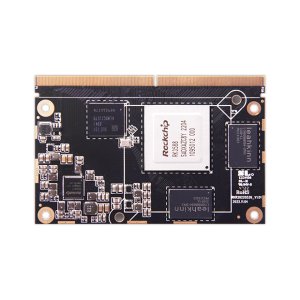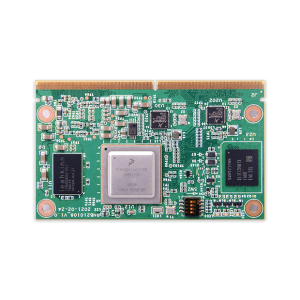Designing with Computer on Module: A Complete Guide for Developers
Designing with Computer on Module: A Complete Guide for Developers
Blog Article
Edge research has appeared as a innovative trend in the technology industry, enabling quicker information handling and decreased latency by providing computational energy nearer to where data is created. A vital development fueling this change could be the increase of system on module manufacturers which are lightweight, efficient, and flexible processing products designed to incorporate seamlessly into customized equipment systems.

The Role of Computer on Segments in Edge Processing
Computer on Adventures have grown to be indispensable in side processing because of the ability to streamline electronics style while maintaining strong handling capabilities. According to a recently available report by MarketsandMarkets, the world wide edge computing industry is projected to develop from $40.84 thousand in 2021 to $132.11 million by 2026, with COMs enjoying a significant role in this expansion.
These modules are specially impactful in industries requiring real-time data examination at the edge. For example, the transport market utilizes COMs in autonomous cars for real-time decision-making, while wise towns deploy them to manage programs like traffic movement and power distribution.
Lightweight and Adaptable Design
One of the standout characteristics of Computer on Modules is their small and modular design. This allows developers to integrate high-performance processing power in to side units without the necessity for intensive electronics redesign. A study by IoT Analytics unearthed that 68% of companies employing IoT solutions contemplate modular equipment like COMs critical for quick implementation and scalability.
COMs also support personalized designs, creating them suitable for a wide selection of applications, from commercial automation to healthcare. Their capability to adapt to particular demands is really a operating force behind their use in edge research systems.
Power Efficiency and Performance
Edge computing devices usually operate in conditions with confined power resources. COMs handle this challenge by giving optimized power efficiency without reducing on computational strength. A examine by Allied Market Research highlighted that energy-efficient side research solutions are predicted to master the segment through 2030, positioning COMs as a vital portion for achieving that goal.
Moreover, with breakthroughs in processors and incorporated graphics, COMs today supply the efficiency required for AI-driven programs at the edge. That not merely improves real-time abilities but additionally reduces dependence on centralized cloud systems.
Why the Future Belongs to COMs
With global information era estimated to attain 175 zettabytes by 2025, side processing is placed to be essential than ever. Computer on Segments provide an adaptable, energy-efficient, and scalable option for handling that influx of data. Their relevance across diverse industries like healthcare, production, and telecommunications only underscores their critical position in shaping the ongoing future of side computing.
COMs are no more only a technical trend; they're the backbone of next-generation edge programs driving development and performance over the globe. Whilst the need for edge research keeps growing, therefore may the significance and impact of COMs in this quickly developing landscape. Therefore, it's safe to say that Computer on Segments are here to keep and can carry on shaping the continuing future of edge computing.

Conclusion
Side computing is transforming the way we process and employ information, with Computer on Adventures at the lead of the revolution. Their small design, flexibility, power efficiency, and efficiency make sure they are an ideal answer for handling real-time data at the edge. As industries increasingly rely on side computing due to their procedures, COMs will perform an essential role in driving advancement and performance in these systems. Report this page